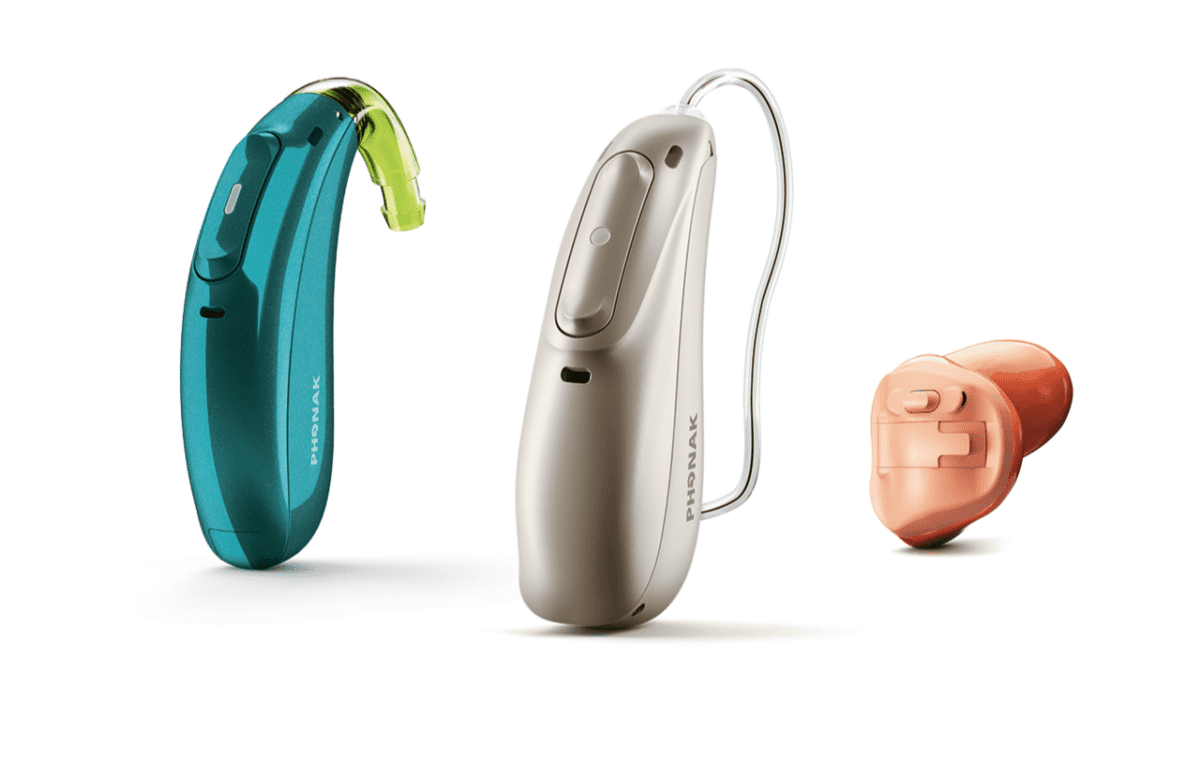Hearing loss is a common condition that affects millions of people worldwide. Unfortunately, many individuals do not seek treatment until their hearing loss has progressed significantly, negatively impacting their quality of life. Early intervention is key, and hearing aids are often the best course of action.
Choosing a style of hearing aid can be a daunting task, as there are various factors to consider, such as your level of hearing loss, personal preferences, lifestyle, and budget. With so many options available, it can be overwhelming to determine which hearing aid style will best suit your needs and provide you with the hearing support you require.
Let’s look at some styles and provide some more clarity.
Behind-the-Ear (BTE) Hearing Aids
BTE hearing aids consist of a small device that rests behind the ear, with a tube that connects it to an earpiece. BTE hearing aids are suitable for a wide range of hearing losses, from mild to severe. They’re also easy to handle and maintain, making them a popular choice for both adults and children. However, some individuals find them bulky and uncomfortable, and they’re more visible than some other styles.
In-the-Ear (ITE) Hearing Aids
ITE hearing aids are custom-molded to fit directly into the ear canal, making them nearly invisible. They’re suitable for mild to moderate hearing losses, and they’re easier to handle than some smaller devices. However, they may not be as effective as larger hearing aids, and they’re not recommended for individuals with severe hearing loss.
Receiver-in-Canal (RIC) Hearing Aids
RIC hearing aids are similar in style to BTE hearing aids, but they’re smaller and less visible. The receiver sits inside the ear canal, while the rest of the device sits behind the ear. RIC hearing aids are suitable for mild to severe hearing losses, and they’re comfortable to wear for extended periods. However, they can be more expensive than other styles, and they may not be suitable for individuals with dexterity issues.
Completely-in-Canal (CIC) Hearing Aids
CIC hearing aids are custom-molded to fit entirely inside the ear canal, making them virtually invisible. They’re suitable for mild to moderate hearing losses and are often preferred by individuals who want a discreet hearing aid. However, they can be more challenging to handle and adjust, and they may not be suitable for individuals with certain ear canal shapes or sizes.
Certain groups would benefit from specific styles of hearing aid
Here are some groups of people who may benefit from specific types of hearing aids:
People with mild to moderate hearing loss can benefit from any type of hearing aid. However, behind-the-ear (BTE) and receiver-in-canal (RIC) hearing aids may be more comfortable and provide better sound quality.
People with severe to profound hearing loss: Behind-the-ear (BTE) hearing aids with powerful amplification and larger batteries may be more suitable.
Children may benefit from behind-the-ear (BTE) or receiver-in-canal (RIC) hearing aids because they allow for easy adjustment and can accommodate growing ears.
Active individuals may benefit from behind-the-ear (BTE) or receiver-in-canal (RIC) hearing aids because they are more secure and less likely to fall out during physical activity.
For Individuals with dexterity issues, behind-the-ear (BTE) hearing aids may be easier to handle and adjust due to their larger size.
Individuals who want a discreet option would benefit from Completely-in-canal (CIC) or in-the-canal (ITC) hearing aids.
Ultimately, the best type of hearing aid for each individual will depend on their specific hearing loss, lifestyle, and personal preferences. It’s important to consult with a hearing healthcare professional who can evaluate your hearing and help you choose the most suitable hearing aid for your needs.
Choosing the right hearing aid can be a daunting task, but with the help of a hearing professional, you can find the perfect solution for your needs. It’s essential to seek professional advice to ensure that you receive the best possible treatment. At our hearing practice, our team of hearing professionals is here to guide you through the process, from the initial consultation to fitting and follow-up care. Don’t let untreated hearing loss impact your quality of life. Contact us today to schedule a consultation and take the first step towards improved hearing


